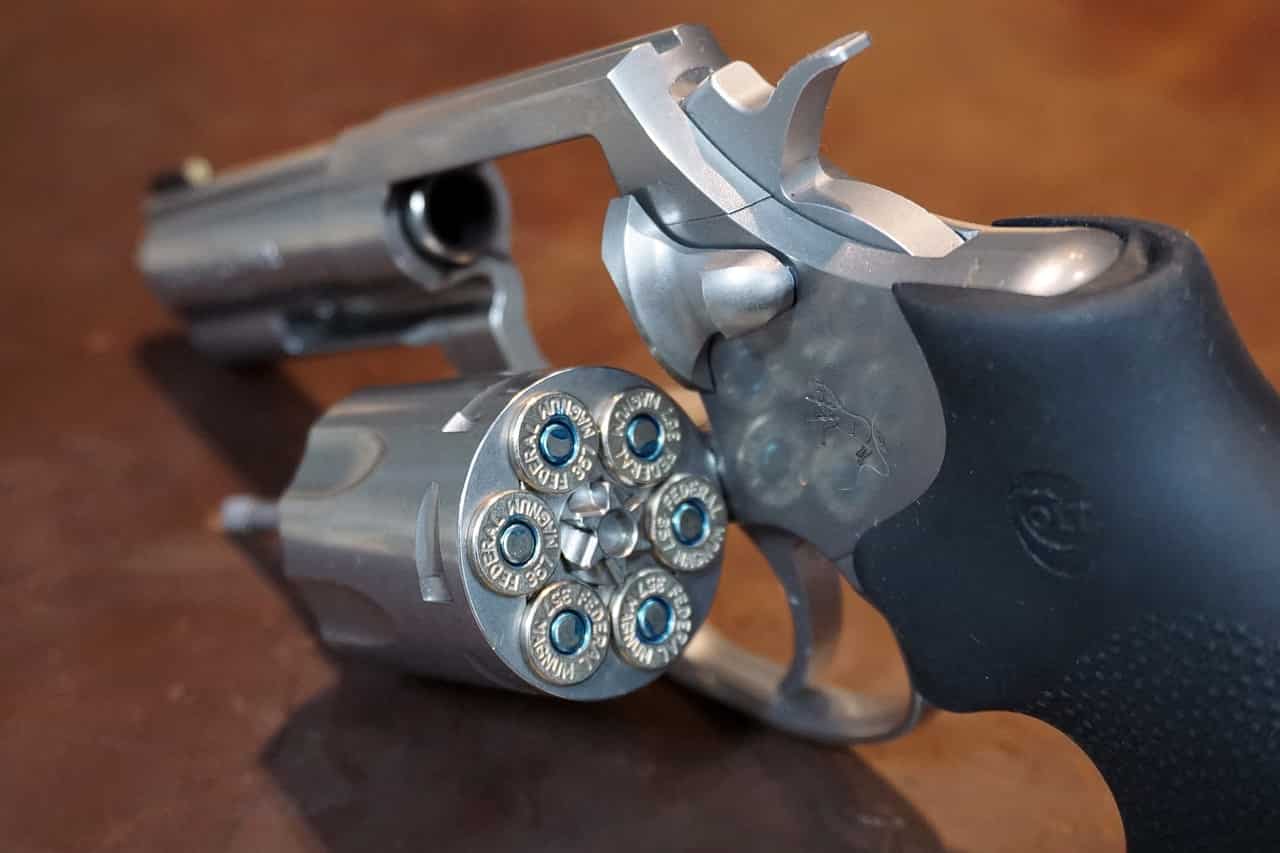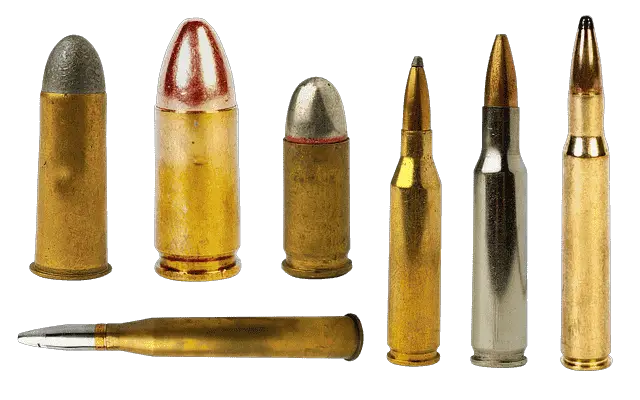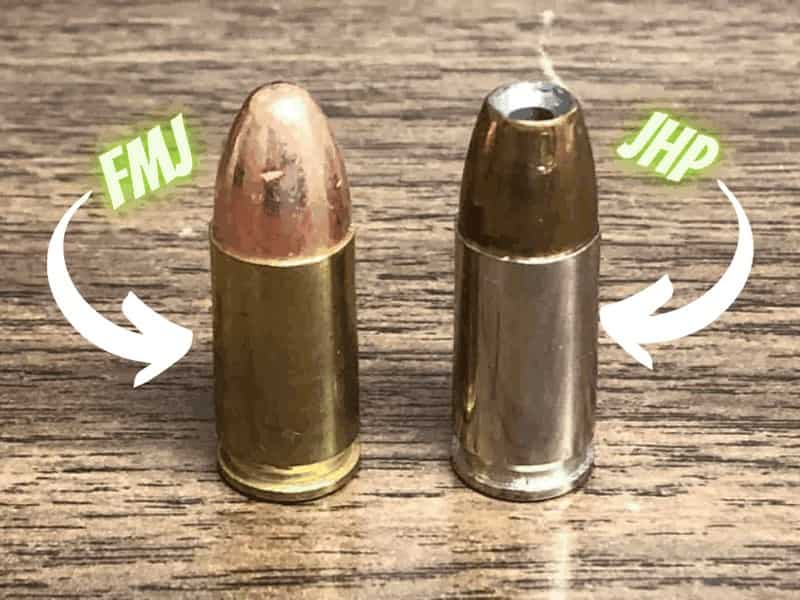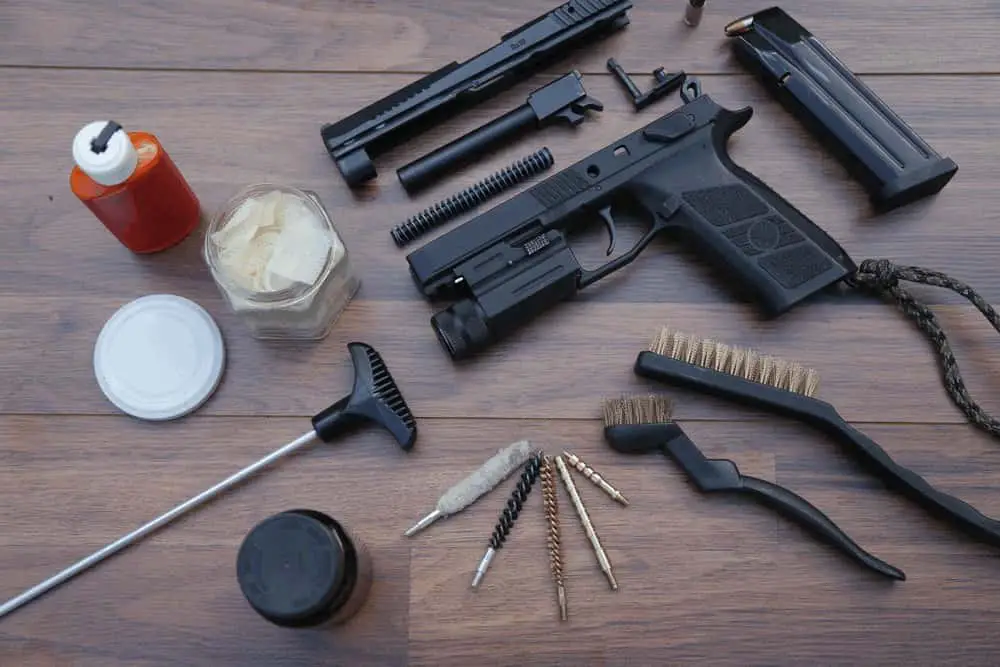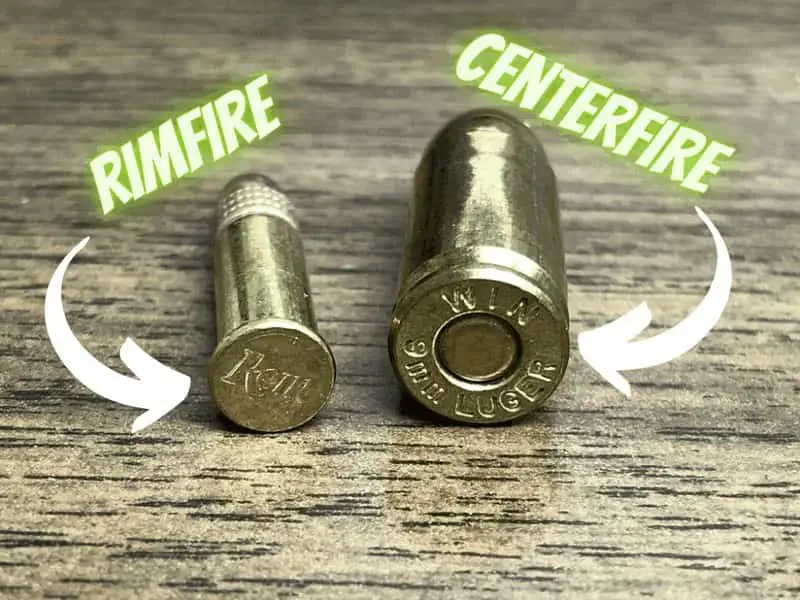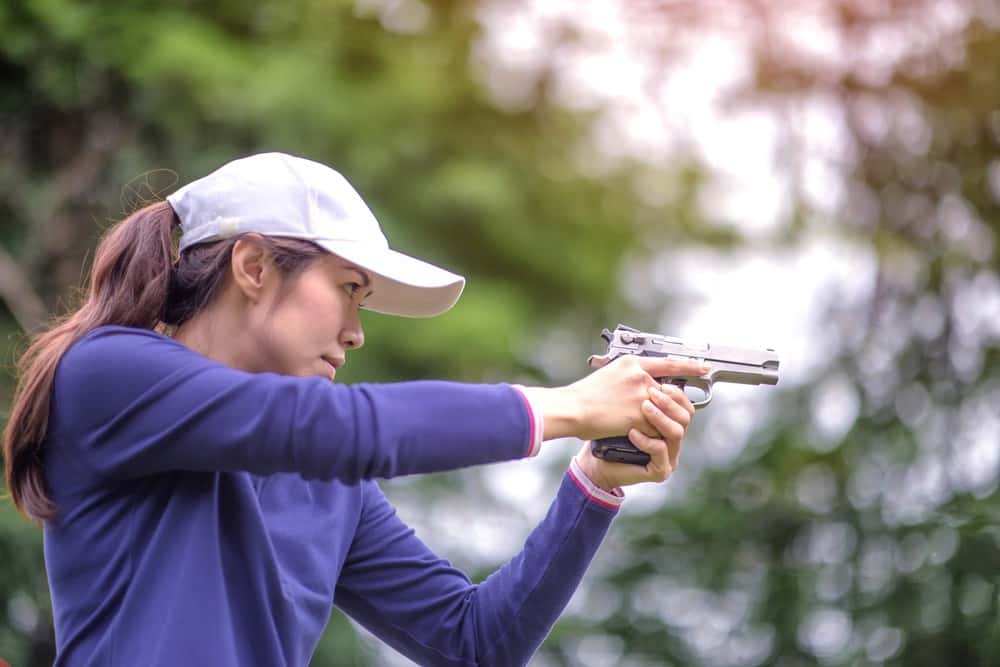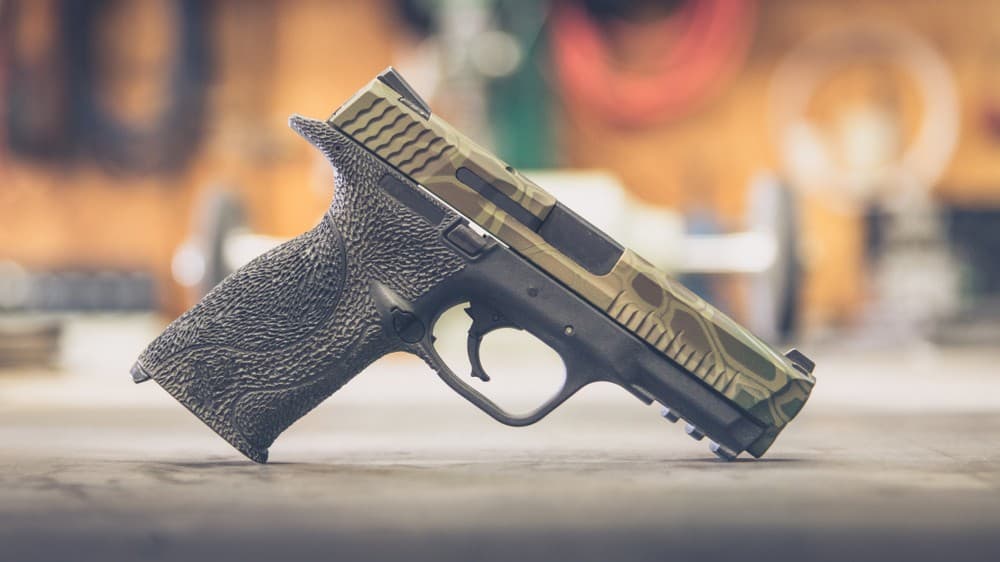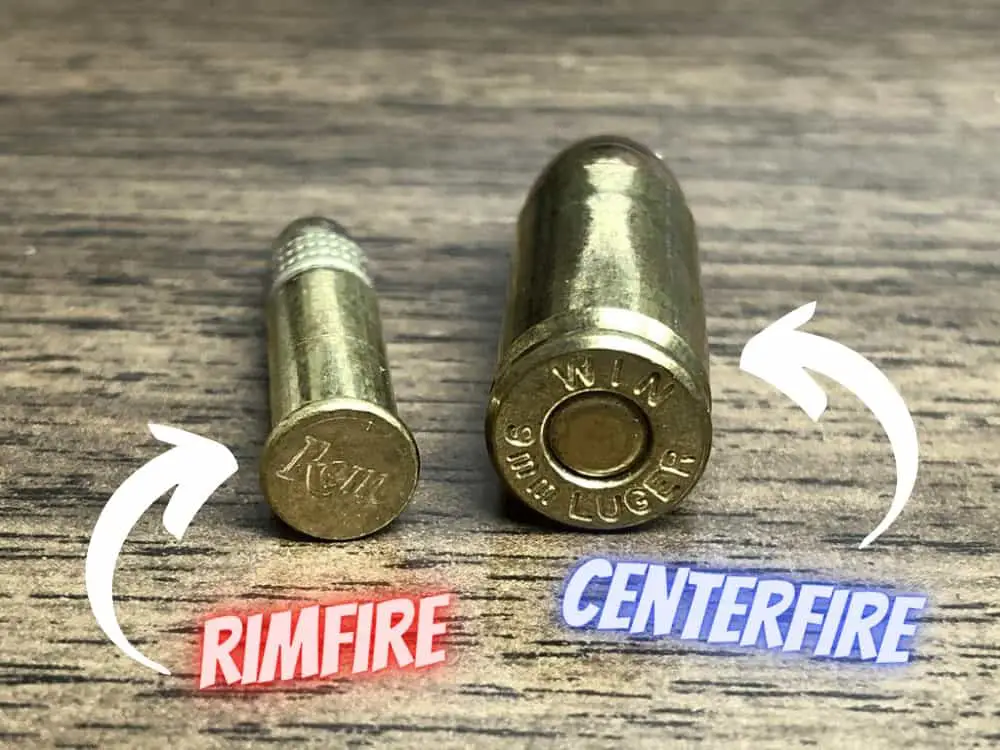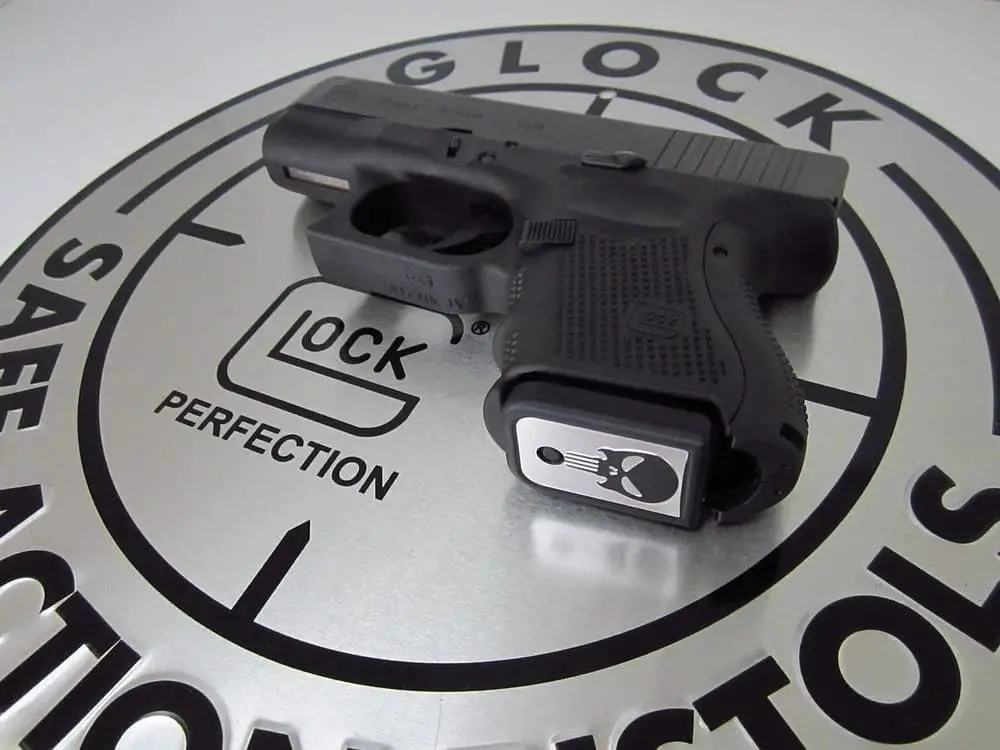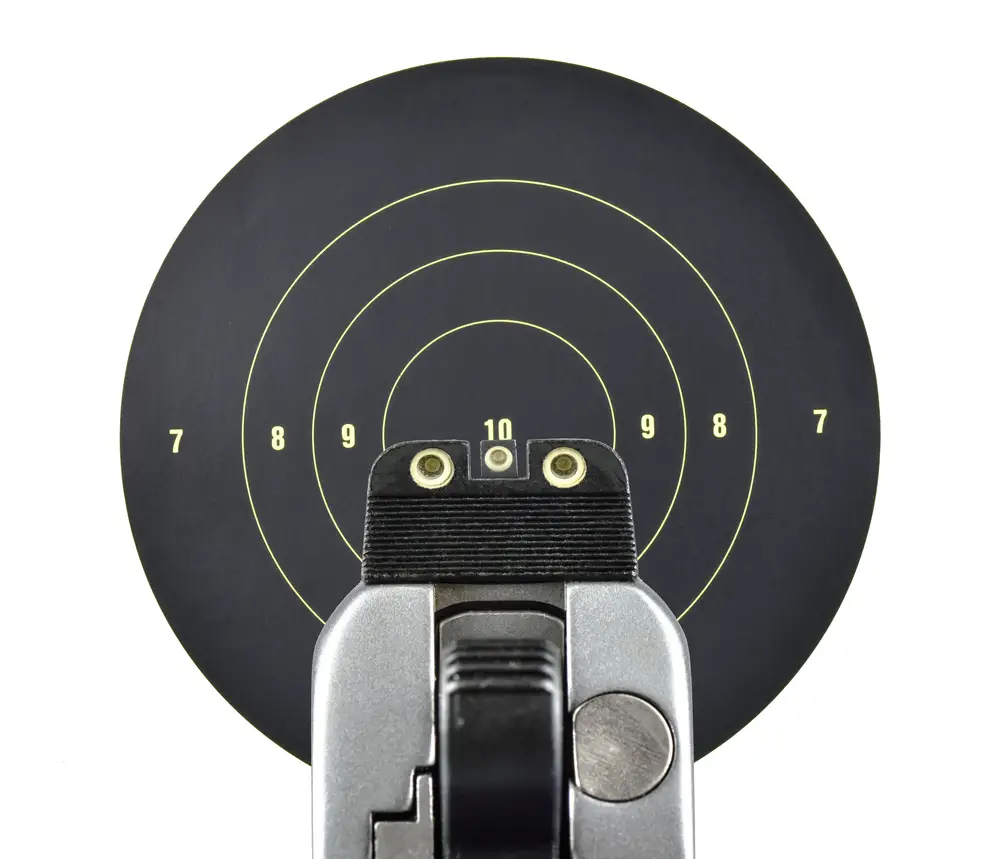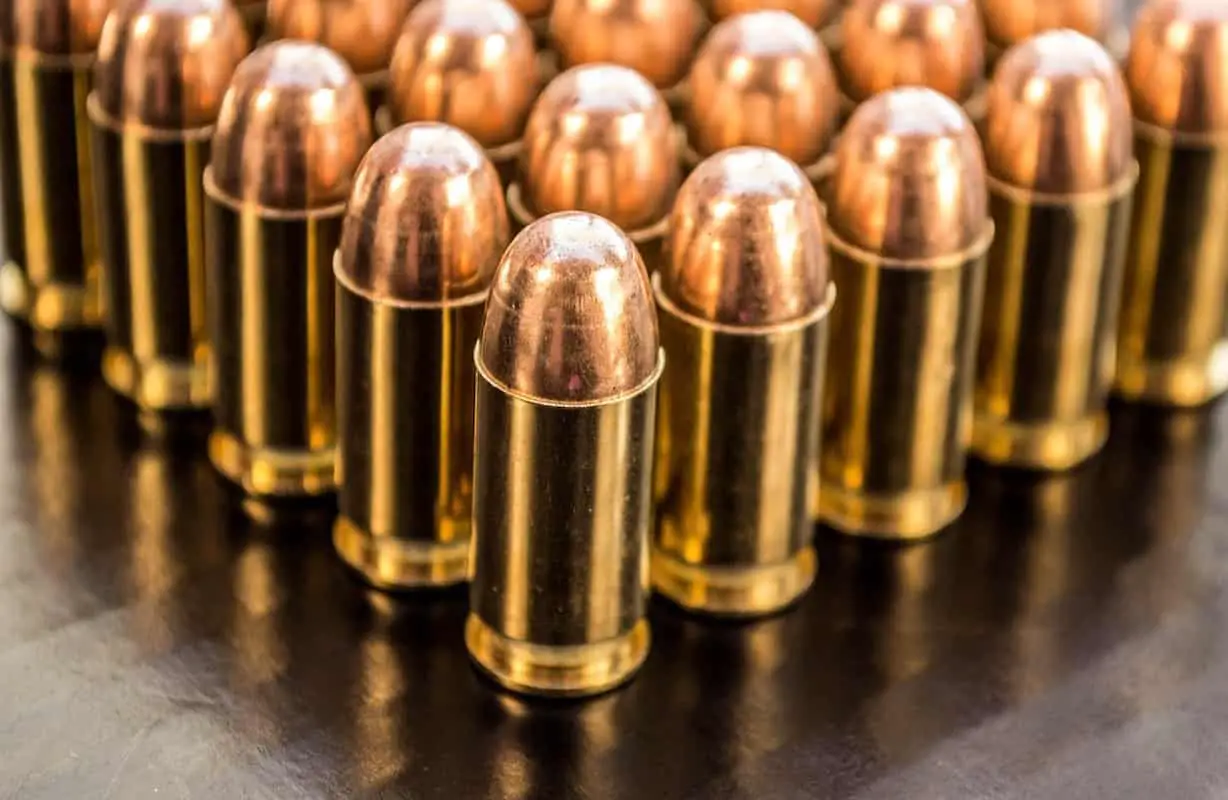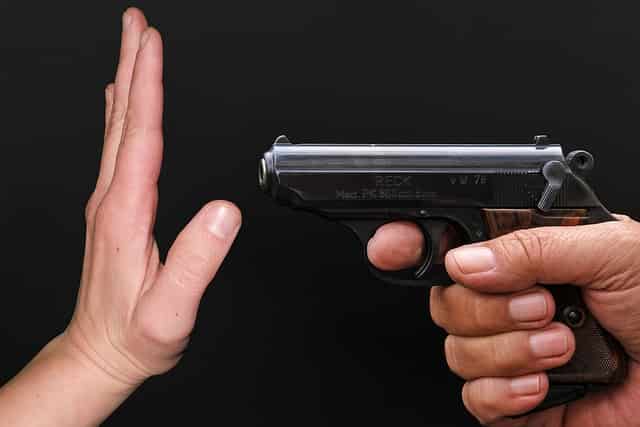
Firearm safety is of utmost importance, and understanding the color coding of a gun’s safety mechanisms is a crucial part of that. One popular phrase that is often used in relation to gun safety is “red means dead.” This means that when the safety on a gun is red, the gun is loaded and ready to fire.
The Significance of Colors on Guns
Red on Guns
Red is a common color used on guns, particularly on the safety mechanism. The red color on the safety switch indicates that the gun is ready to fire. This is important because it helps the user to quickly identify whether the gun is loaded and ready to fire or not. In addition, the red color is often used on the trigger of a gun to indicate that it is a training or simulation weapon, not a live firearm.
The use of red on guns is not limited to safety mechanisms and triggers. Some gun manufacturers use red accents on their firearms for aesthetic purposes. However, it is important to note that the use of red on a gun does not necessarily mean that it is safe or that it is a training weapon.
Other Colors on Guns
Some law enforcement agencies use blue guns for training purposes, while others use green or yellow. These colors help to differentiate training weapons from live firearms.
In addition, some gun owners choose to customize their firearms with different colors. This can be for aesthetic reasons or to make their gun stand out in a collection. However, it is important to note that customizing a gun with non-traditional colors could potentially make it more difficult to resell or trade.
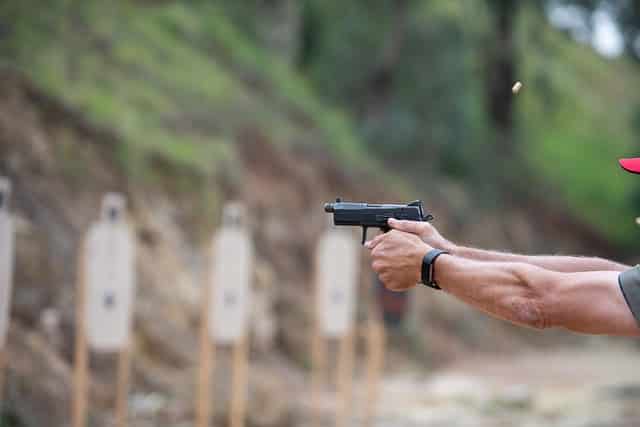
Understanding Gun Safety Mechanisms
Types of Gun Safety Mechanisms
There are several types of gun safety mechanisms that are commonly used in firearms. Some of the most common types include:
- Trigger Safety: This type of safety mechanism is designed to prevent the trigger from being pulled unless it is intentionally pressed. It is commonly found on pistols and other handguns.
- Firing Pin Block: This type of safety mechanism is designed to prevent the firing pin from striking the primer on the cartridge unless the trigger is pulled. It is commonly found on semi-automatic firearms.
- Safety Lever: This type of safety mechanism is designed to prevent the firearm from firing unless the safety lever is disengaged. It is commonly found on rifles and shotguns.
- Sear Safety: This type of safety mechanism is designed to prevent the sear from releasing the firing pin unless the trigger is pulled. It is commonly found on bolt-action rifles.
How Gun Safety Mechanisms Work
Gun safety mechanisms are designed to prevent negligent discharge and accidental firing of the firearm. They work by blocking the firing pin or preventing the trigger from being pulled unless certain conditions are met. These conditions can include disengaging the safety lever, pressing the trigger safety, or pulling the trigger.
The Importance of Gun Safety Mechanisms
Gun safety mechanisms are essential for preventing accidents and negligent discharge. They provide an additional layer of protection that can help prevent injuries and fatalities. It is important for gun owners to understand how their firearm’s safety mechanism works and to always use it when handling their firearm.
The Role of Red in Gun Safety Mechanisms
Red is often used as a visual indicator to show that a firearm’s safety mechanism is disengaged and the firearm is ready to fire. This is commonly referred to as “red means dead.” The use of red in gun safety mechanisms is intended to provide a clear visual cue that the firearm is in a potentially dangerous state and should be handled with caution.
In some cases, firearms may also have a red indicator to show that the firearm is unloaded. This is commonly found on firearms used for hunting or target shooting. The use of red in this context is intended to provide a clear visual cue that the firearm is not loaded and is safe to handle.
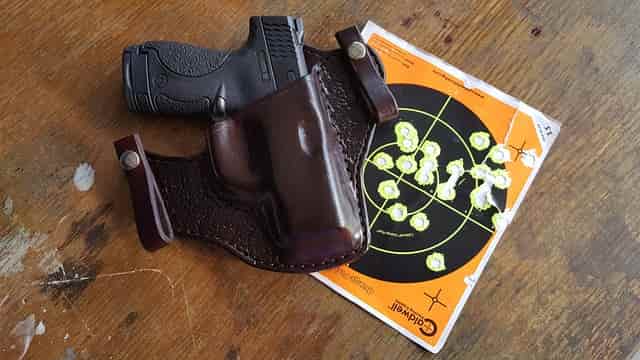
Red in Different Types of Guns
Red safety indicators are commonly found on rifles, shotguns, and handguns. However, the design and placement of the red indicator can vary depending on the type of gun.
For example, some rifles and shotguns have a red dot on the safety switch, while others have a red ring around the switch. Some handguns have a red dot on the back of the slide, while others have a red dot on the trigger.
Alternatives to Red for Gun Safety
While red is a commonly used safety indicator on firearms, there are alternative options available. For example, some guns have a green or yellow safety indicator instead of red.
Additionally, some guns have multiple safety mechanisms, such as safeties that require a specific grip or trigger pull before the gun can be fired. These alternative safety mechanisms can provide an additional layer of protection for gun owners.
Overall, red can be a useful safety indicator on firearms, but it is important for gun owners to understand the specific design and placement of the red indicator on their gun. Additionally, gun owners should always follow proper safety protocols and handle their firearms responsibly.
Have you ever thought about buying ammo online?
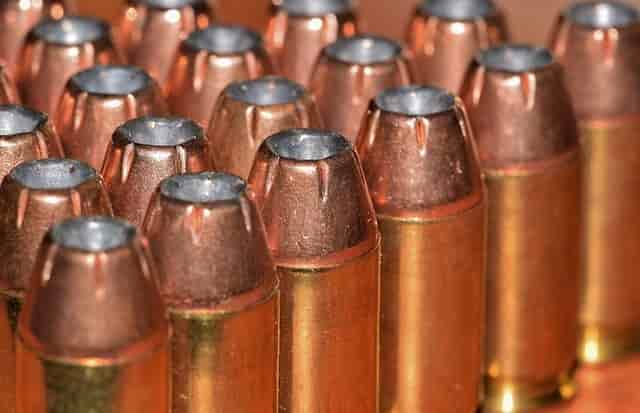
I’m telling you it’s so easy with Lucky Gunner! The ammo shown on their site is guaranteed to be in stock and will ship fast. I heartily endorse Lucky Gunner and so do their many customers.
“Okay, so far I’ve dealt twice with LuckyGunner, and all I can say is, I LOVE YOUR COMPANY!!!!
Imagine: only items in stock are advertised. Who’da thunk, eh? The more highly advertised ones – Cheaper Than Dirt, Cabela’s, et. al. – will put you on backorder forever and a day. But LuckyGunner – I ordered 500 shells of .45 ACP (hard to get in this “shortage”) – and there it was at my address. No backorders, no bull. Business as it should be.
Yes, I’m telling my friends! I’m constantly writing down your addy on bits of paper (and running out of the latter), spreading the joyous news, “No backorders! No bull! Try LuckyGunner.com, you won’t be sorry!” Thank you for being there for an ammo-starved public. And, thanks for the SUPERB customer service.”
— Walter J., Silverdale, WA —


Jason Huskey
Owner of CCWClasses.net
Jason Huskey is a family man with three kids and a wonderful wife. He’s always starting new hobbies, but his true passion lies in shooting sports. Jason has been a CCW license holder for over 10 years and carries every day. In addition to firearms, he also enjoys playing guitar and writing songs. He tries to live by the Christian values he believes in.
More things you might enjoy…
Can a 38 Special Shoot 357 Rounds?
Image by MikeGunner from Pixabay I’ve long since discovered that very few activities give me the same thrill and sense of security as firing a gun. As a gun owner and enthusiast, I’ve always been curious about which guns can shoot which kinds of ammunition. I have a Derringer five-shot revolver that uses .22 rounds.…
Who Makes the Most Popular Brands of Ammo
If you are here to figure out who makes Herter’s ammo just look below the following table for a more thorough answer. If you are looking for a specific type of ammo, then you need to start by figuring out who makes it. There are lots of options for ammunition and each type of bullet…
What Does Full Metal Jacket Mean?
If you have heard the term full metal jacket, then you might be wondering what this means. I know that growing up, I heard this term a lot. I dismissed it as some sort of saying or cliche. Eventually, I decided that I needed to figure out what people meant when they use this term.…
How Often Should You Clean Your Gun?
After purchasing a firearm, you might wonder how often you should clean your gun. The truth is that it largely depends on how often you use it and where you live. Keep reading to learn more. How Often Should You Clean Your Gun? The short answer: do a light cleaning after every shooting session and…
What Is The Main Difference Between Centerfire And Rimfire Ammunition?
Rimfire vs Centerfire Everyone has to start somewhere. If you’re new to guns, learning the difference between rimfire and centerfire ammunition is important. Let me backtrack a moment. The first time I went out on the gun range, I had zero idea that there were different types of ammo for different types of weapons. All I knew…
Continue Reading What Is The Main Difference Between Centerfire And Rimfire Ammunition?
How Should You Hold a Handgun for Maximum Accuracy?
Whether it’s for sport or you find yourself in a defensive situation where you need to use a handgun, how you hold it will significantly affect your accuracy. Developing your handgun techniques will help you become a better shot and keep you safe. Read on to learn the answer to the question: How should you…
Continue Reading How Should You Hold a Handgun for Maximum Accuracy?
What Is Stippling On A Gun?
Hey, would you like a more firm grip on your gun? Would that help you shoot better? Well that is what stippling is for. Stippling is a modification to the grip that makes it, well, more grippy. It is done by sanding off the original finish and then using a hot soldering iron to make…
What Is A Centerfire Pistol?
To answer the question: “What Is A Centerfire Pistol?”, you must first understand that there are two main types of ammunition: Centerfire Rimfire These ammo categorizations are based on where the firing pin hits the back of the bullet to make it fire. A centerfire pistol is one where the firing pin strikes the center…
Is It Bad To Dry Fire A Glock?
There are loads of myths and assumptions surrounding handguns. If you grew up around guns, you probably heard some of these myths. Today, we will answer the question: Is it bad to dry fire a Glock. The Quick Answer Dry firing modern centerfire guns is completely fine (this includes most Glocks). The firing pin does…
What Is The Sight Picture?
When you first became interested in shooting you probably heard the terms sight picture and sight alignment being thrown around. Most people tend to use the two terms interchangeably; however, they do not mean the same thing. In this guide, I will make a clear distinction between sight picture and sight alignment. To master any new trade, you must…
What is Ball Ammo
When you hear the term “ball ammo” you may be picturing an actual ball. While the term did originate from ball shaped ammo, that’s not what it means today. Most ball ammo today is cylindrical in shape. It will have a lead core coated with copper. Keep reading to learn all about the history and…
